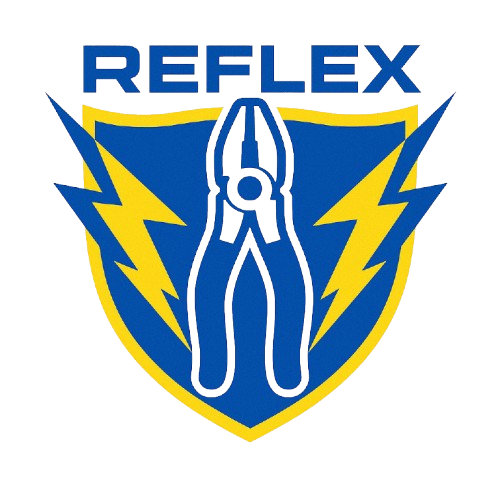
Data Cabling
Data cabling in a home or office, installed by a licensed tradesman—typically an ACMA-registered cabler—will involve installing structured cabling (usually Cat6 or higher) to create a reliable, high-speed wired network throughout the building. This involves running data cables through walls, ceilings, or conduits to key locations such as offices, bedrooms, media rooms, or smart TVs and terminating them at wall plates or network patch panels.
It is also be beneficial to install wireless access points (WAPs), which are strategically placed to provide strong, consistent Wi-Fi coverage across the entire property—eliminating black spots or weak signal areas. These WAPs are typically connected via data cables to ensure fast, stable backhaul to the modem/router.
Benefits include:
Faster and more stable internet than relying on Wi-Fi alone
Better performance for streaming, gaming, video calls, and smart home devices
Reliable Wi-Fi coverage throughout the home or office with properly placed WAPs
Improved security, especially for offices or home networks with sensitive data
Future-proofing, as high-speed cabling supports current and upcoming tech demands
Overall, professional data cabling combined with wireless access points creates a robust and high-performance network that supports modern digital lifestyles and business operations.
Why Cat 6 is ideal for Australian internet?
High-Speed Support: Cat 6 supports gigabit speeds (up to 1,000 Mbps) and can handle 10 Gbps over shorter runs (up to 55m), making it ideal for NBN connections and high-speed internet plans.
Reduced Interference: It features tighter twists and better shielding than older Cat 5e cables, which reduces crosstalk and electromagnetic interference—especially important in homes with multiple electronic devices.
Future-Proofing: As Australia’s internet infrastructure continues to improve and demand for faster speeds grows (e.g. for streaming, gaming, 4K/8K video, smart homes), Cat 6 ensures your cabling won’t become obsolete.
